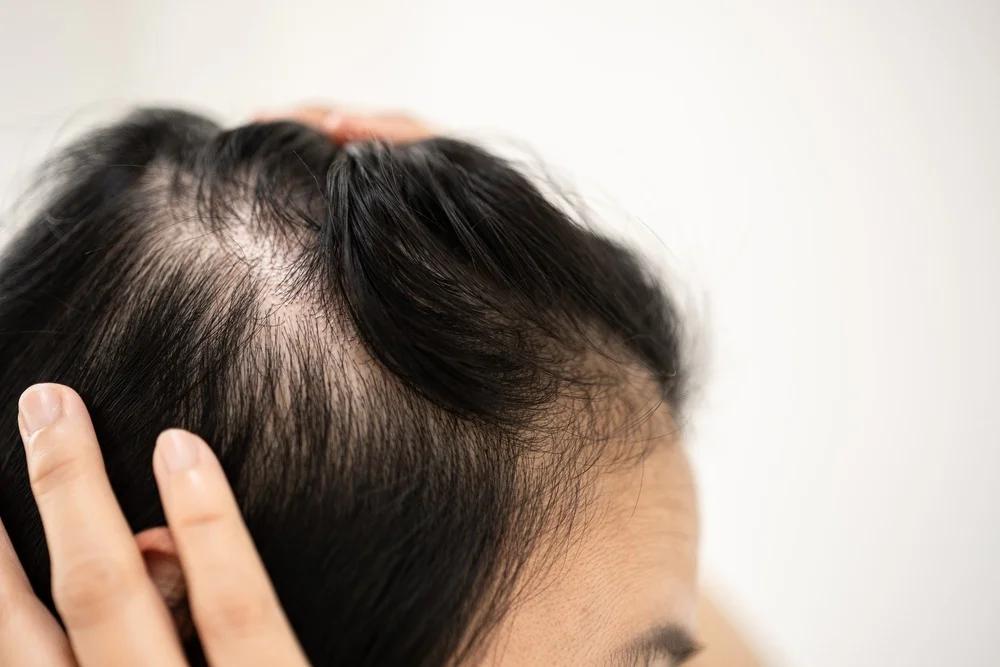
Alopecia areata, a chronic autoimmune condition characterized by sudden hair loss, has a growing market driven by increasing prevalence, advancements in treatment, and a heightened focus on research and development. The market for alopecia areata is projected to grow at a compound annual growth rate (CAGR) of 6.3% from 2024 to 2032. This detailed analysis explores the current market dynamics, drivers of growth, challenges, and competitive landscape to provide a comprehensive view of the alopecia areata market.
Introduction
Definition of Alopecia Areata
Alopecia areata is an autoimmune disorder that leads to the loss of hair in small, round patches on the scalp and other areas of the body. The condition can vary in severity, ranging from localized patches (alopecia areata) to total scalp hair loss (alopecia areata totalis) or complete loss of body hair (alopecia areata universalis). The exact cause of alopecia areata remains unknown, but it is believed to involve a combination of genetic and environmental factors triggering the immune system to attack hair follicles.
Importance of Market Analysis
Understanding the alopecia areata market is crucial for several reasons. The condition affects millions of people globally, impacting their emotional well-being and quality of life. Additionally, the market has significant economic implications due to the costs associated with treatments and the need for ongoing research to develop new therapies. Analyzing the market provides insights into growth opportunities, challenges, and the strategic positioning of key players in the industry.
Market Overview
Current Market Size and Forecast
As of 2024, the global alopecia areata market is valued at approximately USD X billion and is anticipated to grow at a CAGR of 6.3% during the forecast period of 2024-2032. This growth is attributed to the rising incidence of hair loss, increasing awareness about alopecia areata, and advancements in treatment options. The market's expansion is expected to be robust, driven by innovations in therapeutic approaches and an increasing number of patients seeking effective treatments.
Historical Growth Trends
Historically, the alopecia areata market has experienced steady growth, influenced by the increasing prevalence of the condition and the gradual introduction of new treatment options. Early market growth was primarily driven by the availability of corticosteroids and immunotherapy, but recent years have seen a surge in research and development, leading to the introduction of novel therapies and improved treatment modalities.
Geographical Market Distribution
The alopecia areata market is distributed across various regions, with notable growth in North America, Europe, and Asia-Pacific. North America holds the largest market share, driven by advanced healthcare infrastructure, high patient awareness, and significant research investments. Europe also contributes substantially to the market, with a growing focus on innovative treatments and patient-centric approaches. The Asia-Pacific region is experiencing rapid growth due to increasing healthcare access, rising prevalence of alopecia areata, and expanding pharmaceutical markets.
Get a Free Sample Report with Table of Contents
Drivers of Market Growth
Increased Prevalence of Hair Loss
The rising prevalence of hair loss conditions, including alopecia areata, is a significant driver of market growth. According to recent studies, approximately 2% of the global population is affected by alopecia areata, with varying degrees of severity. Factors such as genetic predisposition, stress, and environmental influences contribute to the growing number of individuals seeking treatment for hair loss, thereby expanding the market.
Advancements in Research and Development
The market is also propelled by continuous advancements in research and development. Pharmaceutical companies and research institutions are investing heavily in developing new therapies and improving existing treatments. Breakthroughs in understanding the pathophysiology of alopecia areata and the development of targeted therapies, such as Janus kinase (JAK) inhibitors, are creating new opportunities for market growth.
Growing Awareness and Diagnosis
Increased awareness about alopecia areata and improved diagnostic capabilities are contributing to market growth. Public awareness campaigns, educational programs, and advancements in diagnostic technologies are leading to earlier detection and diagnosis of the condition. This heightened awareness is driving more patients to seek medical help, thereby expanding the market.
Technological Innovations
Technological innovations in treatment options are also fueling market growth. Innovations such as stem cell therapy, gene therapy, and advanced drug delivery systems are offering new possibilities for managing and potentially curing alopecia areata. These technological advancements are attracting significant investment and interest from both pharmaceutical companies and patients.
Challenges in the Market
High Cost of Treatments
One of the major challenges facing the alopecia areata market is the high cost of treatments. Many of the newer therapies and advanced treatments are expensive, making them inaccessible to a significant portion of the patient population. The high cost of treatment can hinder market growth and limit access for those in need of effective solutions.
Limited Treatment Options
Despite advancements in research, the treatment options for alopecia areata remain limited. Current therapies primarily include corticosteroids, immunotherapy, and minoxidil, which may not be effective for all patients. The need for more diverse and effective treatment options remains a challenge for the market, with ongoing research aimed at addressing these gaps.
Regulatory Hurdles
The regulatory environment for drug approval and market entry can also pose challenges. Developing and bringing new therapies to market involves navigating complex regulatory processes and meeting stringent requirements. Delays in regulatory approval or changes in regulations can impact the timely availability of new treatments and affect market dynamics.
Competitive Landscape
Key Players Overview
The alopecia areata market is competitive, with several key players actively involved in research, development, and commercialization of treatment options. Major players include:
Johnson & Johnson Services, Inc.
Johnson & Johnson is a leading player in the alopecia areata market, with a focus on developing innovative therapies and expanding its product portfolio. The company is known for its extensive research and development capabilities and commitment to addressing unmet medical needs.Merck & Co., Inc.
Merck & Co. is another prominent player in the market, known for its advancements in immunotherapy and other treatment modalities. The company’s research efforts are aimed at developing new therapies that offer improved efficacy and safety profiles for alopecia areata patients.Cipla Limited
Cipla Limited is a key player in the global pharmaceutical market, with a growing presence in the alopecia areata space. The company’s focus on affordable and accessible treatments aligns with its commitment to addressing global healthcare needs.GlaxoSmithKline plc
GlaxoSmithKline is actively involved in the development of new therapies for alopecia areata, with a strong emphasis on innovation and patient-centered approaches. The company’s research initiatives are aimed at advancing treatment options and improving patient outcomes.Viatris Inc.
Viatris Inc. is a significant player in the market, known for its efforts in developing and commercializing treatments for various conditions, including alopecia areata. The company’s strategic initiatives and product pipeline contribute to its competitive position in the market.
Market Share Analysis
The competitive landscape of the alopecia areata market is characterized by the presence of established players with a diverse range of products and treatment options. Market share analysis reveals that major players hold significant shares due to their extensive research capabilities, established market presence, and innovative approaches. The competitive environment is dynamic, with ongoing efforts to develop new therapies and address market challenges.
Recent Developments and Innovations
Recent developments in the alopecia areata market include the introduction of novel therapies, advancements in treatment modalities, and increased investment in research. Notable innovations include:
Janus Kinase (JAK) Inhibitors
JAK inhibitors have shown promise in clinical trials for treating alopecia areata. These targeted therapies work by modulating the immune response and potentially restoring hair growth in affected individuals.Stem Cell Therapy
Stem cell therapy represents a cutting-edge approach to treating alopecia areata, with research focusing on the use of stem cells to regenerate hair follicles and promote hair growth.Gene Therapy
Gene therapy is being explored as a potential treatment for alopecia areata, with the aim of addressing the underlying genetic factors contributing to the condition.Advanced Drug Delivery Systems
Innovations in drug delivery systems, such as topical formulations and nanoparticle-based therapies, are enhancing the efficacy and safety of treatments for alopecia areata.
Best Trending Reports
Chlorpheniramine Maleate Market

inPrecisionMedicineMarket.jpg)

Write a comment ...